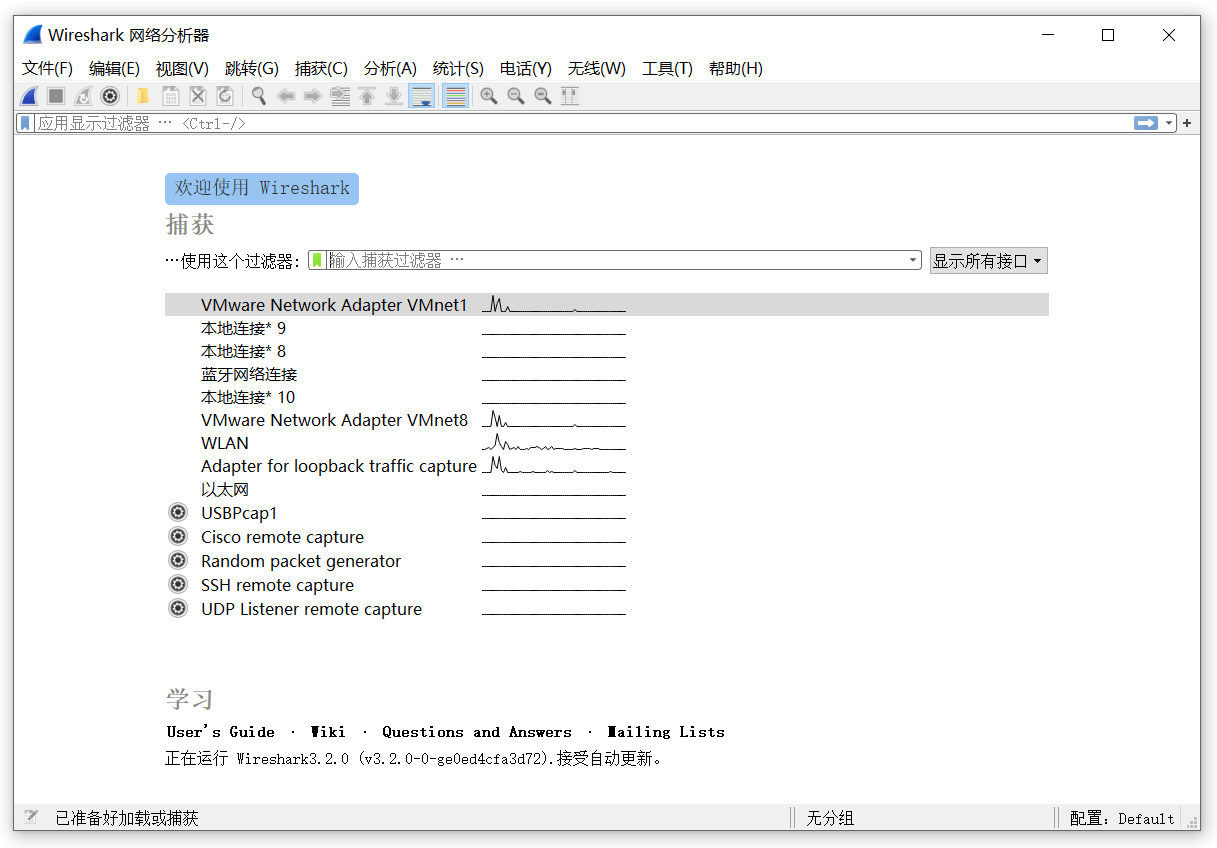

This blog gives a basic introduction for using Wireshark and tcpdump, more details can be obtained from their respective websites.Table of Contents Preface 1. You can also double-click the tcpdump capture file to open it in Wireshark, as long as it has the *.pcap file extension. Open Wireshark, then import the tcpdump captured session using File –> Open and browse for your file. Once downloaded you can open the file in Wireshark. We can download the tcpdump file from the remote server using any of the file transfer utilities like WinScp, Filezilla, or pscp.exe. Make sure you use the proper network interface to capture the traffic, In this case, it was a Redhat Linux box and the interface name was ens192, In the case of certain other machines it might be eth0.Īnalyzing the tcpdump file using Wireshark Once you’ve finished capturing traffic, end the tcpdump session by pressing Ctrl+C In short, the above command will capture all traffic on the specified interface with -i option and write it to a file tcpdump_capture.pcap in a format compatible with Wireshark. ~]# tcpdump -s 0 -i ens192 -w tcpdump_Capture.pcap In order to capture packets remotely connect using SSH, Connect to the remote server and start tcpdump like below. The goal here is to capture the network traffic on a remote computer using tcpdump, download and analyse using wireshark. A local computer with Wireshark installed.Any service which can be used to generate network traffic, like Apache Webserver or a node server.A remote computer linux server with SSH enabled and tcpdump installed.In this post we are using tcpdump to capture packets from a remote machine and analyse it using Wireshark. Where Wireshark is a desktop application that can be installed on multiple Operating Systems while tcpdump is a commandline utility mainly seen in Linux/Unix based Operating Systems.

Wireshark and tcpdump is a free and open-source network packet analyzer.


 0 kommentar(er)
0 kommentar(er)
